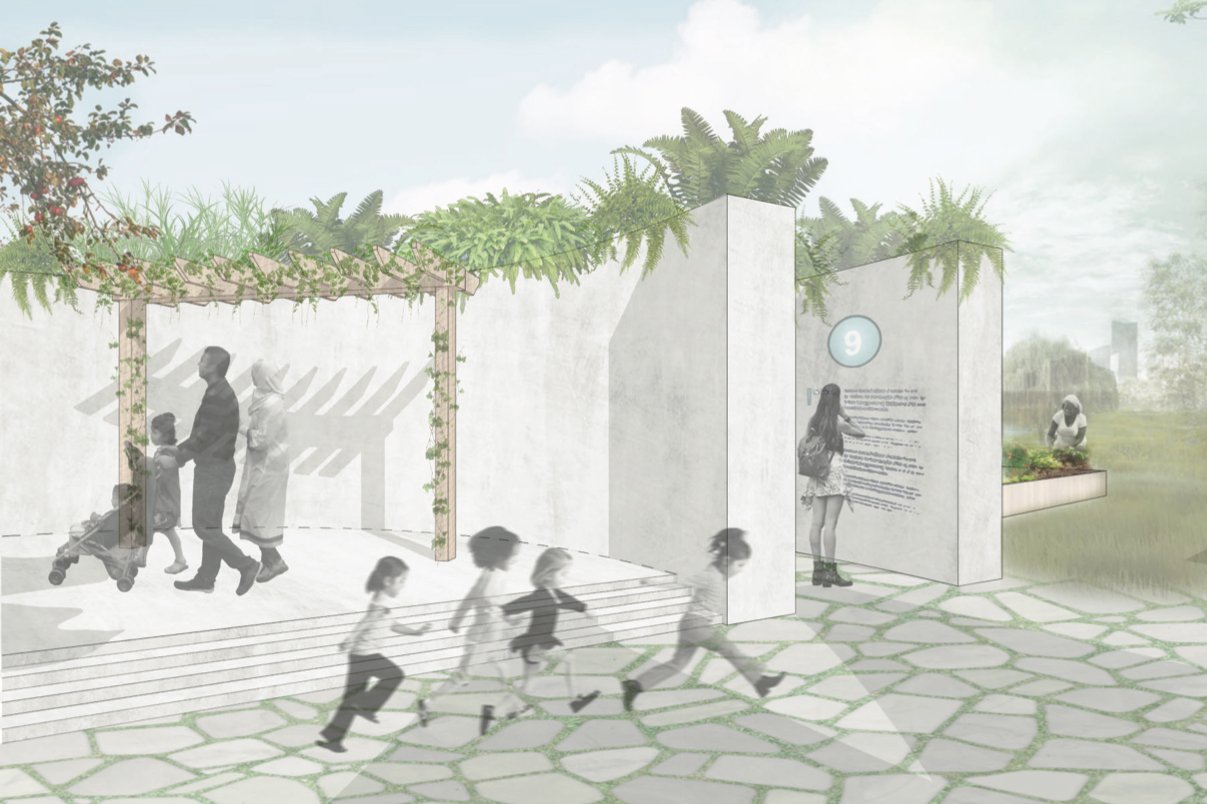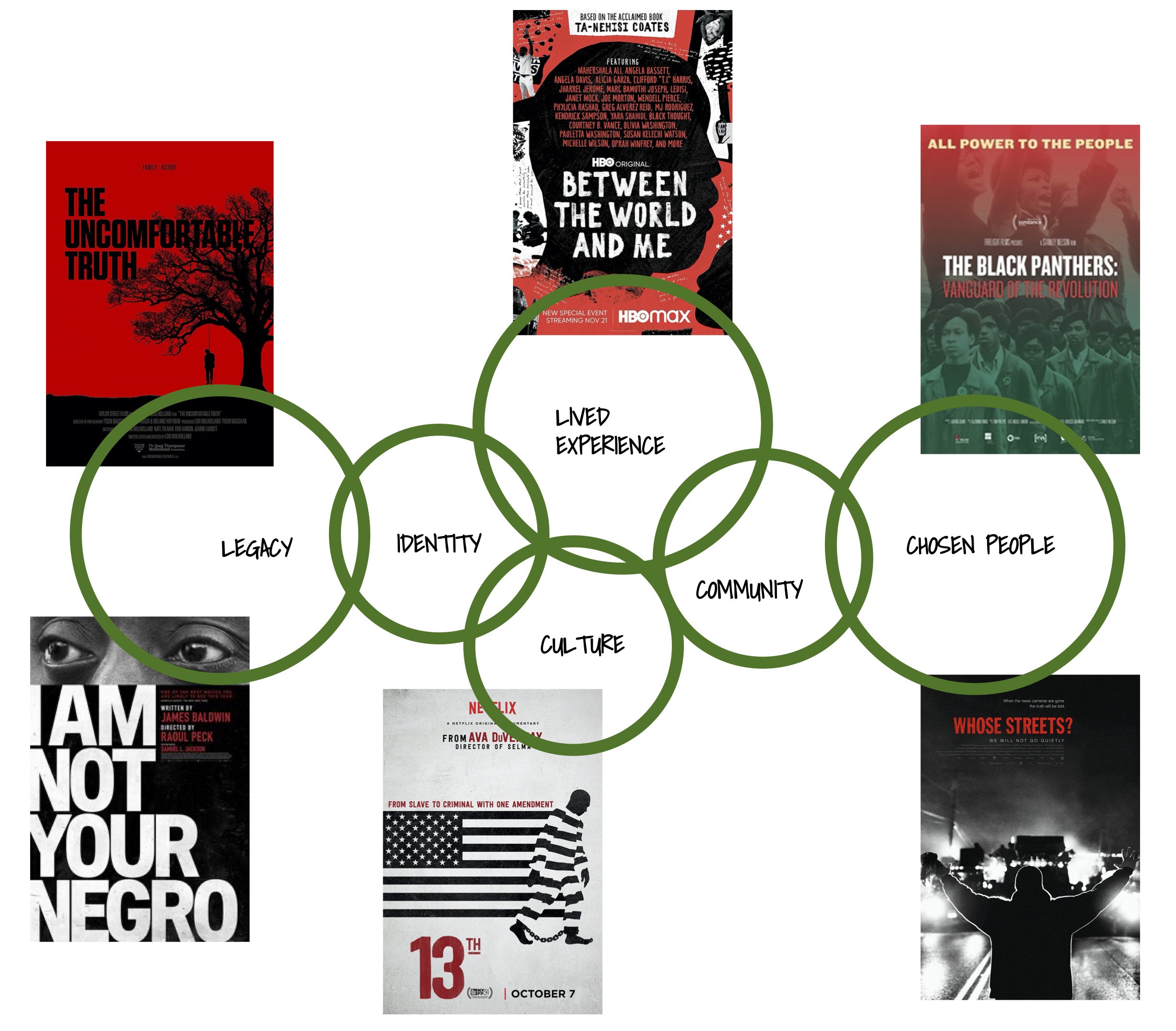IDENTITY, CULTURE, COMMUNITY SEMINAR COURSE
Identity, Culture, Community Seminar Course
In the immediate aftermath of the Capitol Riots, following the Black Lives Matter protests, and in the midst of the covid pandemic, when students were living and working in isolation, this class carved out time on Wednesday afternoons to dig into issues of identity, culture, and community. For some in the course it was the first time they wrestled with these big questions, while for others it was a time to reflect more deeply on their experiences and patiently guide others to greater understanding. It was an opportunity, in the face of significant upheaval, to find shared community and work out ways of addressing these concerns as designers. From the course syllabus:
Through readings and discussion, this course will unpack and examine issues of identity, culture, and community. It is necessary to understand these areas as we work to address racism, sexism, and other inequities in our society. For designers, it is especially important to critically address the spatial and physical manifestations of these inequities. This course will consider how designers can engage these issues in efforts to reimagine and shape new social and environmental conditions.
The course is designed so that the student is able to:
Articulate a personal sense of identity, culture, and community
Engage a number of pressing contemporary issues through reading and discussion
Learn about current research and design projects addressing key issues
Propose research and design responses to key contemporary issues
Work collaboratively in a digital environment
Recognize the significance of identity, culture, and community for design
After a series of readings and discussions introducing the major themes, students prepared presentations on underrepresented designers and artists engaging issues of identity, culture, and community. From there students led conversations on a series of topics--personhood, difference, ritual, place, and belonging--sharing with the class resources drawn from research and experience. Under the topic of place, the class had an extended conversation on the Black spatial imaginary, looking at a range of expressive projects that contest oppressions of race by imagining and creating “strategic realignments of place.” (Lipsitz, 2011) Students proposed and completed final projects that included:
An app for coordinating community service activities
An anthology of writing on trauma informed design
A curated collection of non-Western (de-colonized) design projects
An online exhibit of community art projects
A film series on Black life in America
A video introduction to Nepali food and culture
A memorial for climate change and environmental justice in Southwest Philadelphia
Collaborators: Various Students
Related Projects: Teaching Design for Diversity, 2017 Charrette, Digital Tools for Scholarship and Teaching






